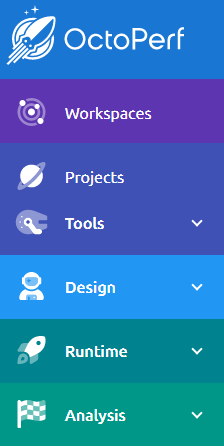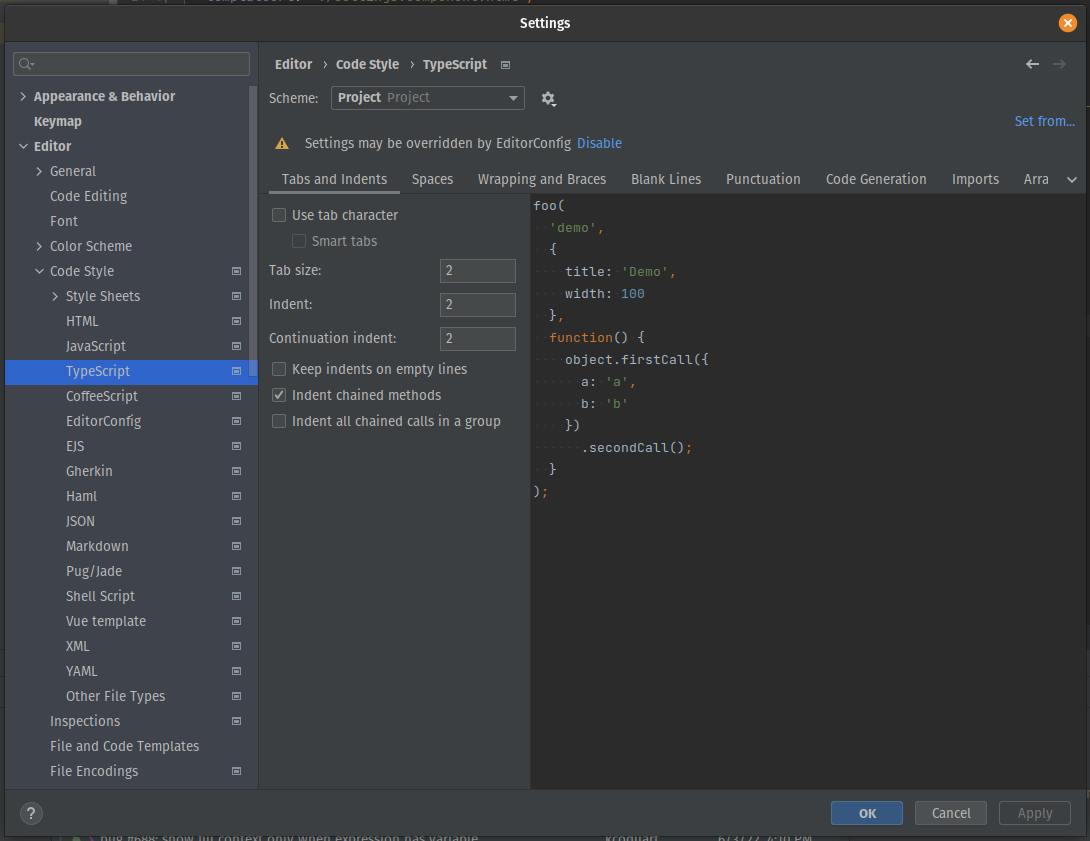OctoPerf's new UI - Overview changes
Our new UI has been available for everyone since a few weeks now. It is a major project for us that has taken several years to get to this stage. It's been a lot of effort but we're confident that it will be worth it when you see all the new possibilities.
That being said, we thought it would be helpful to ease you into it by going through some of the key features together. The goal is to talk about the major UI changes that impact most if not all the new screens. Then we'll cover the specifics of each individual steps (like design or runtime) in later blog posts.
Navigation
Of course the first thing that comes to mind is the navigation through OctoPerf. And we've made a lot of changes in this area.
Left-handed menu

The top menu has become a left-handed menu now. We've always been trying to keep up with properly adding the new features in the menus like we did last year. But we thought it could be improved further. Typically, we noticed that new users struggled to notice what's inside the workspace menu so we decided to split it into another "Tools" submenu.
Workspace and projects remain visible at all times in order to navigate back to their level easily. It can also be collapsed in order to save horizontal space once you are familiar with the layout and icons.







